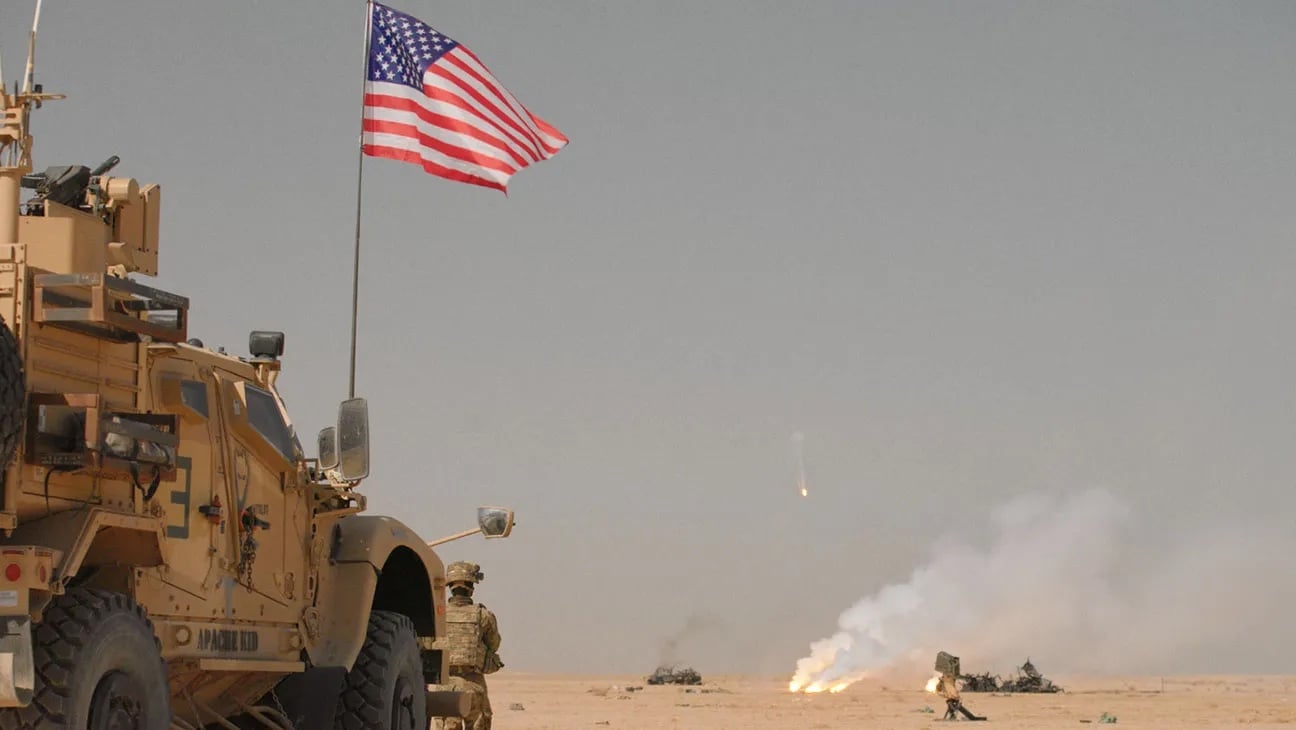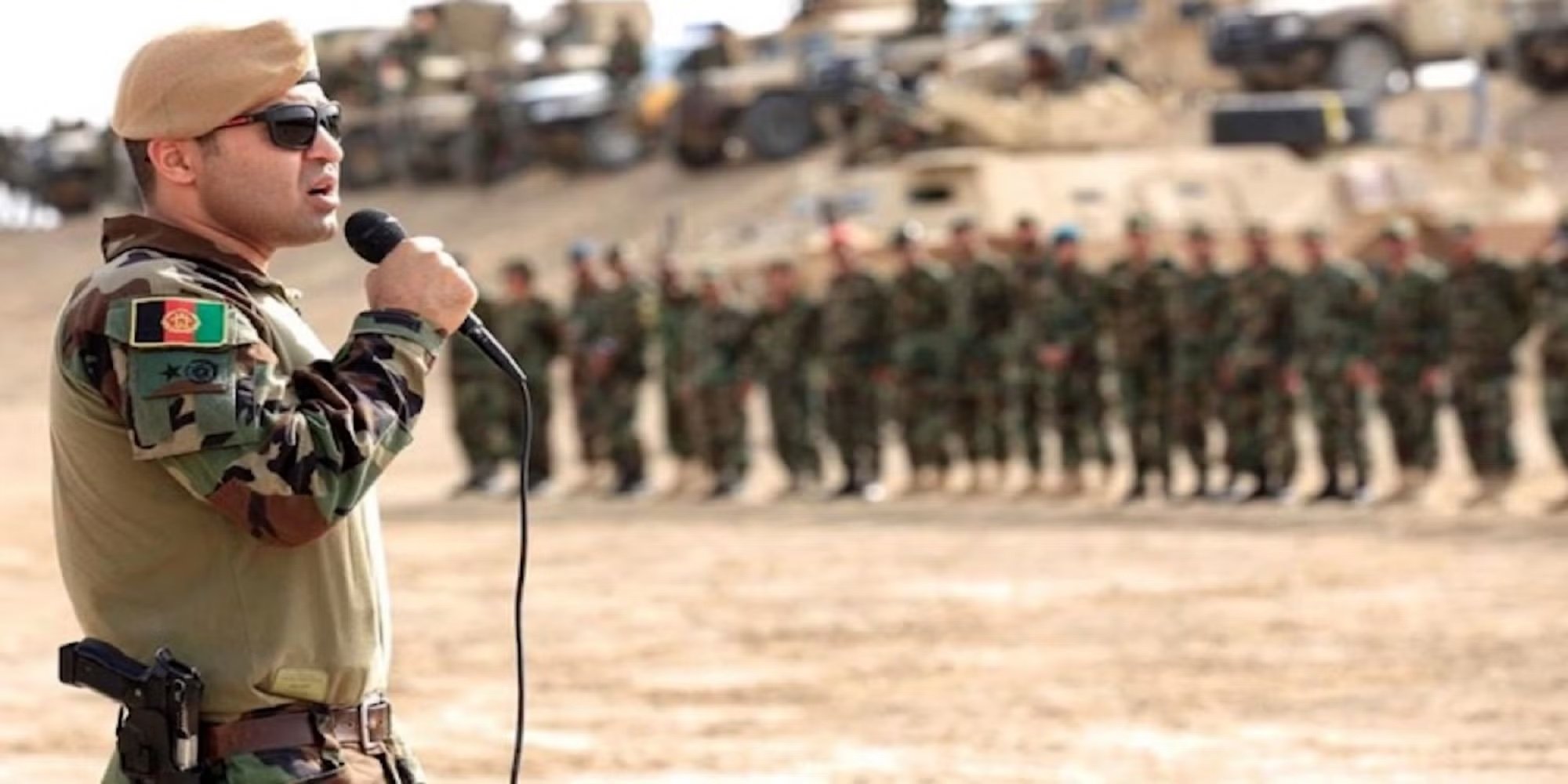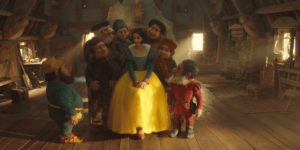In 2022, Disney and National Geographic premiered their newest documentary film, which covered the events that took place during the final nine months of the United States’ 20-year war in Afghanistan. The film showed how U.S. troops worked to get their people out safely, including some of the final missions taken by U.S. Special Forces. Retrograde also showed how Afghan troops were still working to defend their country.
Sadly, the film also shows the chaos that ensued when the final military planes left for the United States. Many Afghans tried to board the planes, as they did not want to be in the country with the Taliban set to take over. The Taliban had been overthrown by the U.S. military after the September 11 terror attacks, but with the U.S. leaving the country, they were taking back power.

Related: A National Geographic-Themed Ride Could Be Coming to Disney World Soon
Throughout the war between America and Afghanistan, many Afghan nationals worked in secret to help the United States. They had to work in secret so that the Taliban would not find out who they were and accuse them of being traitors. The Taliban is largely considered to be a terrorist group, and these brave men and women did not want them to seize power in the country once again.
One of the men who worked with the U.S. was 21-year-old Omar, an Afghan national. He was a minesweeper who helped protect the Green Berets who were operating in the area. And he was filmed as part of National Geographic’s documentary.
And his family is now claiming that it was the documentary that caused the death of their son.

According to documents reviewed by The Hollywood Reporter, Omar’s family was told that the Taliban saw the documentary and were able to track him down. They took him from his home blindfolded, and he was not seen until two weeks later, when he was discovered after being severely beaten and nearly drowned, which left him going in and out of consciousness.
Taliban forces tracked down Omar from a scene in Retrograde, Matthew Heineman’s acclaimed 2022 documentary providing an on-the-ground look at the U.S.’ withdrawal from Afghanistan a year earlier. In a close-up, the camera pans to him as another member of the National Mine Reduction Group, or NMRG, voices concerns of being hunted when he returns to civilian life. A clip from that segment of the documentary later spread like wildfire on TikTok in Afghanistan.
They “showed me Retrograde movie and said you have worked with foreign forces and also worked in the movie,” Omar said, according to the transcript prepared by a former Special Forces Interpreter for the 1208 Foundation, an organization that evacuates Afghans who cleared mines for U.S. forces in the region. “They found me through Retrograde movie and are still asking of me from villagers and my family members.”

Related: Controversial Activists March Onto Disney+ in ‘MLK/X’
While Omar’s family hoped that his return would be the end of his torture, it was not. His family said that they traveled across the border to Pakistan, where a doctor revealed that Omar had several broken ribs, his lungs were not functioning as they should, and there were several more internal injuries.
Omar underwent four surgeries, but they were not enough to undo the damage done by the Taliban. Omar died from his injuries in April 2023 — he was just 25 years old, and left behind his wife and child.
For fear of further retaliation, Omar’s wife and child were extracted from Afghanistan and are not living in another country, where they can be safe.

Related: New Documentary Series Claims Disney “Built” America
Now that she is safe, Omar’s widow has filed a lawsuit against both Disney and National Geographic, claiming that it was their documentary that led to Omar’s death.
The lawsuit seeks unspecified damages for wrongful death, negligence, and unfair business practices. The lawsuit claimed that Disney and National Geographic acted negligently when they allowed Omar’s face to be shown in Retrograde, which they knew would put him in grave danger. The lawsuit further alleges that Disney and National Geographic broke protocol when it comes to protecting people in war zones.

Related: Pixar Series ‘Win or Lose’ Faced With Potential Lawsuit Over a Pickle
While Disney does not typically comment on pending litigation, Retrograde producer Caitlin McNally did release a statement and confirmed that the film’s release was approved by the U.S. military.
“The U.S. government’s precipitous withdrawal from Afghanistan and the vengeful actions of the Taliban upon taking power — armed with detailed information identifying Afghans who worked with the U.S. government — led to the deaths of countless partners left behind. That is the tragic story that warrants attention. But any attempt to blame ‘Retrograde’ because the film showed faces of individuals in war zones — as has long been standard in ethical conflict reporting — would be deeply wrong.”
Veterans Thomas Kasza and Dave (last name not revealed) worked with the group responsible for extracting Omar’s family said that Ms. McNally and National Geographic were repeatedly warned about the dangers of showing Omar’s face in the film. Those pleas went ignored, and the film was released, creating what the vets called a “Taliban hit list,” and the nine other Afghans shown helping the U.S. are currently in hiding.

The lawsuit also alleges that Disney and National Geographic engaged in deceptive business practices and that they did not get Omar’s written consent to show his face in the film, which they are required to do by law.
Kasza and Dave said that Disney could have worked to facilitate the extraction of Omar and his family and keep them safe, but the entertainment giant chose not to. Kasza said that there was precedent, as Disney previously wrote letters of endorsement for roughly 300 Afghan cast and crew members who worked on the hit series Homeland. Homeland was produced by an arm of Fox, which is currently owned by Disney.
Do you think Disney and National Geographic were irresponsible when they chose to show the faces of Omar and nine other Afghan men in the Retrograde documentary? Should they have blurred their faces, as they knew that the men would be put in danger if the Taliban found out? How should Disney and other studios make sure this does not happen again? Share your thoughts with us in the comments.
The post Disney Accused of Causing Beating Death of Afghan Man, Widow Files Lawsuit appeared first on Inside the Magic.



